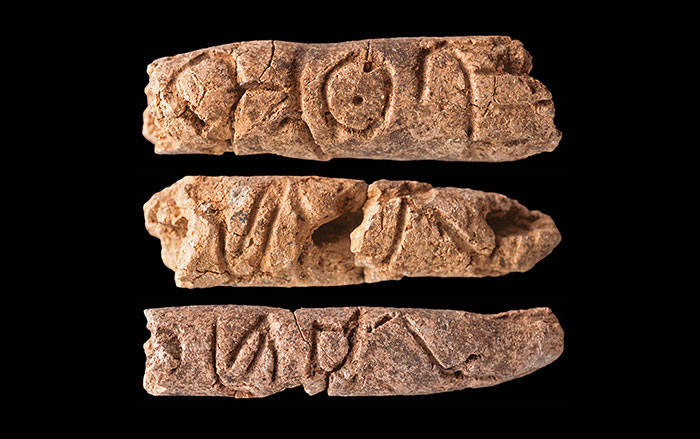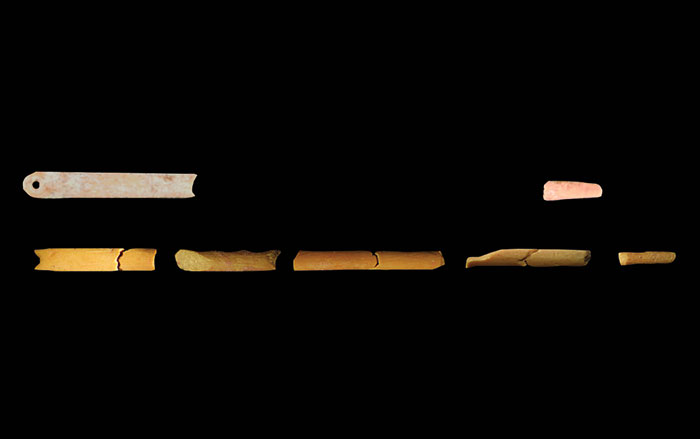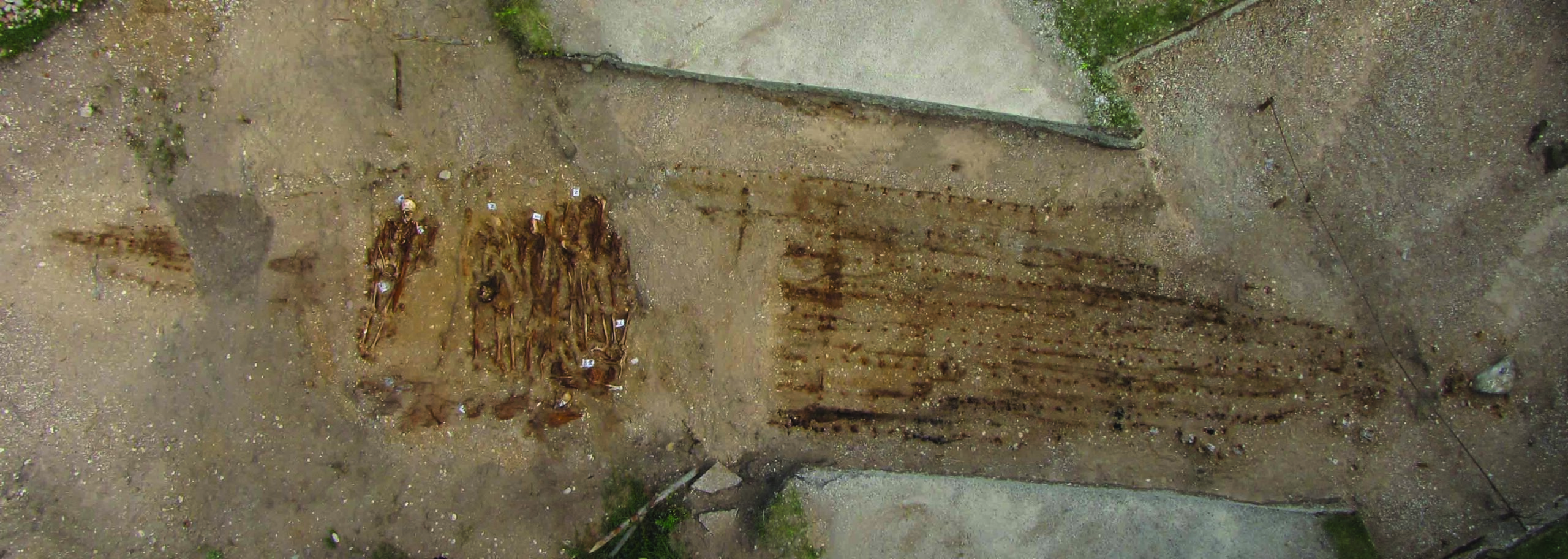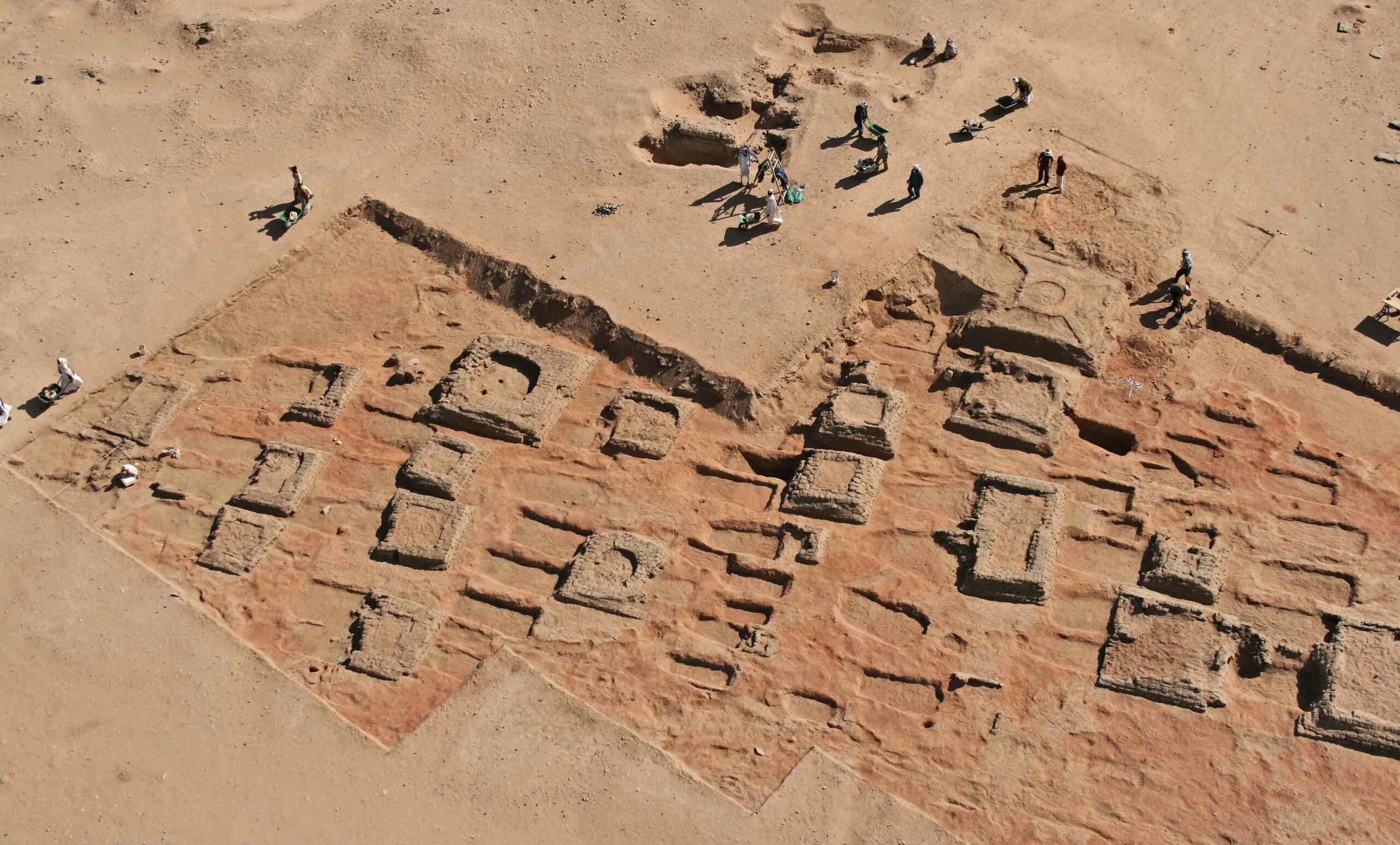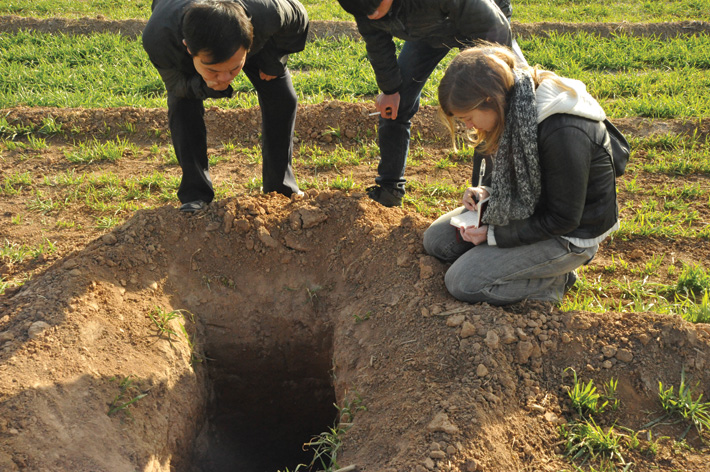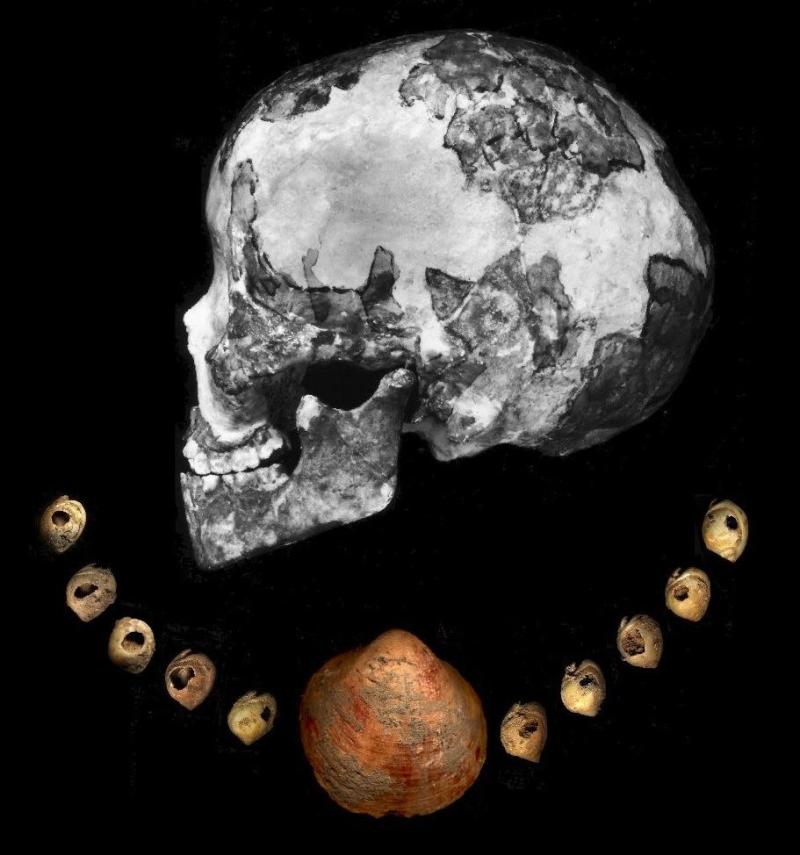
OXFORD, ENGLAND—Radiocarbon dates have been obtained from marine shell beads unearthed at the Ksar Akil rock shelter in Lebanon. The beads, which were closely associated with the remains of a modern human young girl, are between 42,400 and 41,700 years old. Modern human fossils of a similar age have been found in Europe, but there have been few comparable discoveries in the Near East. It had been thought that early modern humans traveled out of Africa and through the Near East before arriving in Europe, but scholars think that these new dates indicate that people arrived in Europe and the Near East at roughly the same time, perhaps traveling along different routes. “It is possible that instead of the Near East being the single point of origin for modern humans heading for Europe, they may also have used other routes too. A maritime route across the Mediterranean has been proposed although evidence is scarce. A wealth of archaeological data now pinpoints the plains of Central Asia as a particularly important but relatively unknown region which requires further investigation,” said Katerina Douka of Oxford University.


